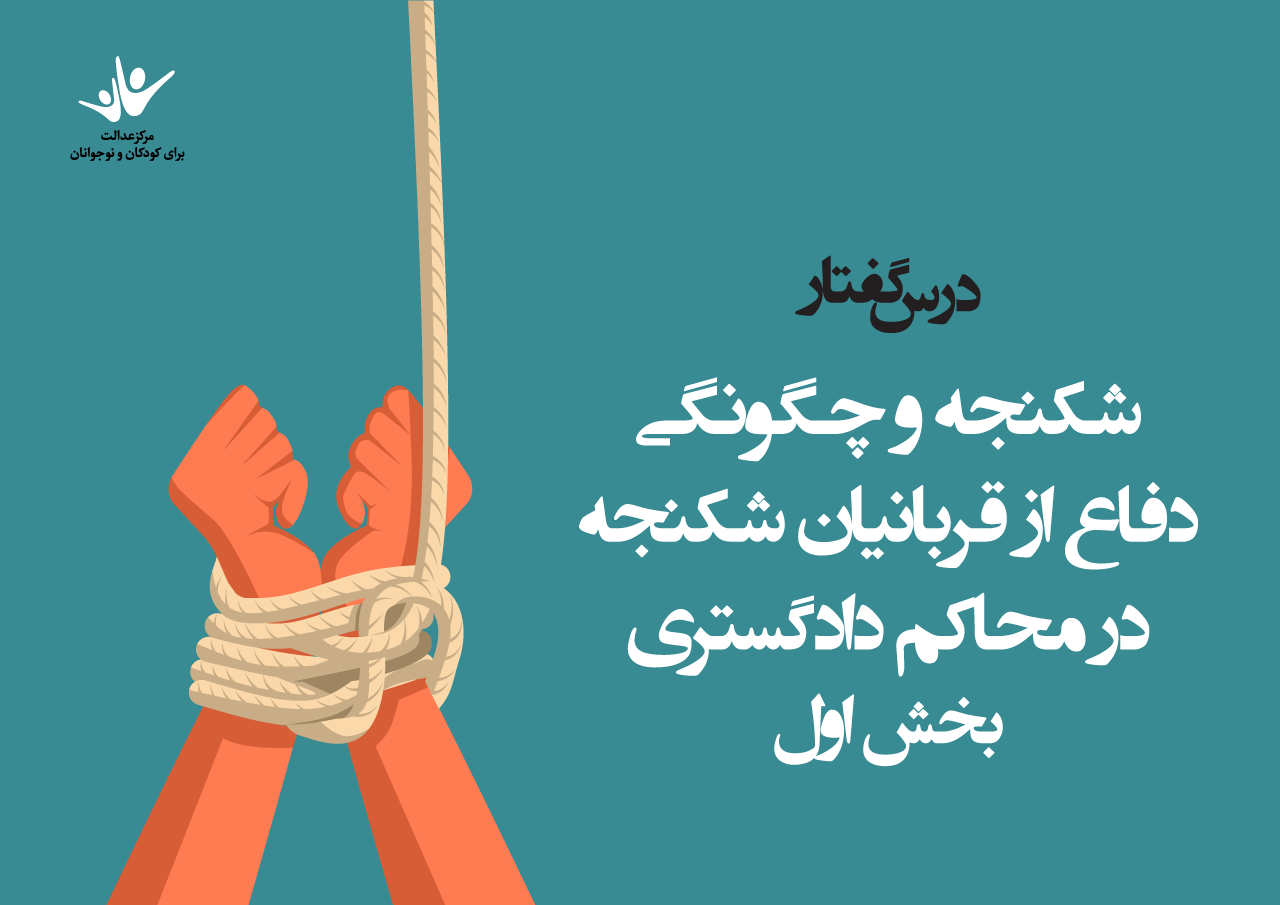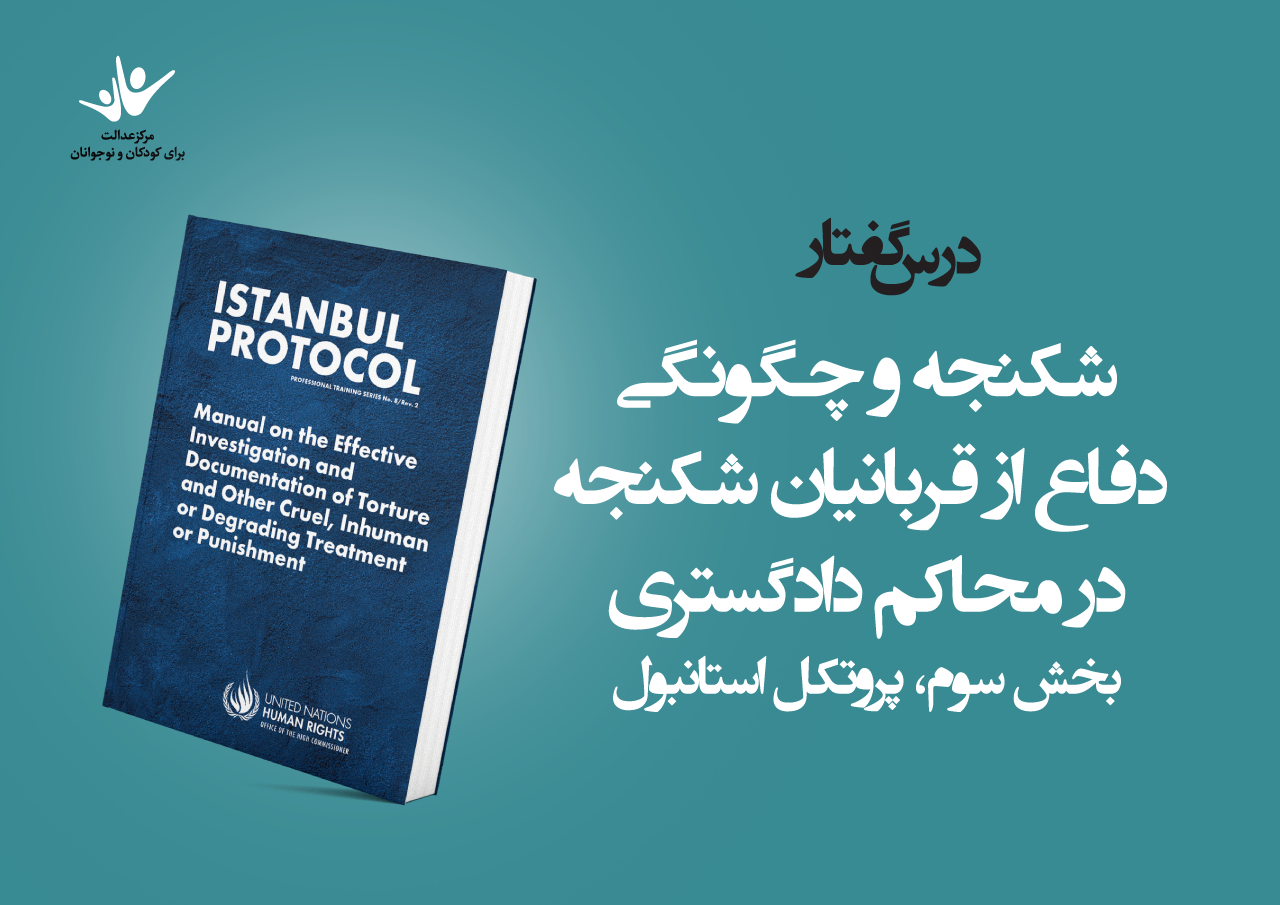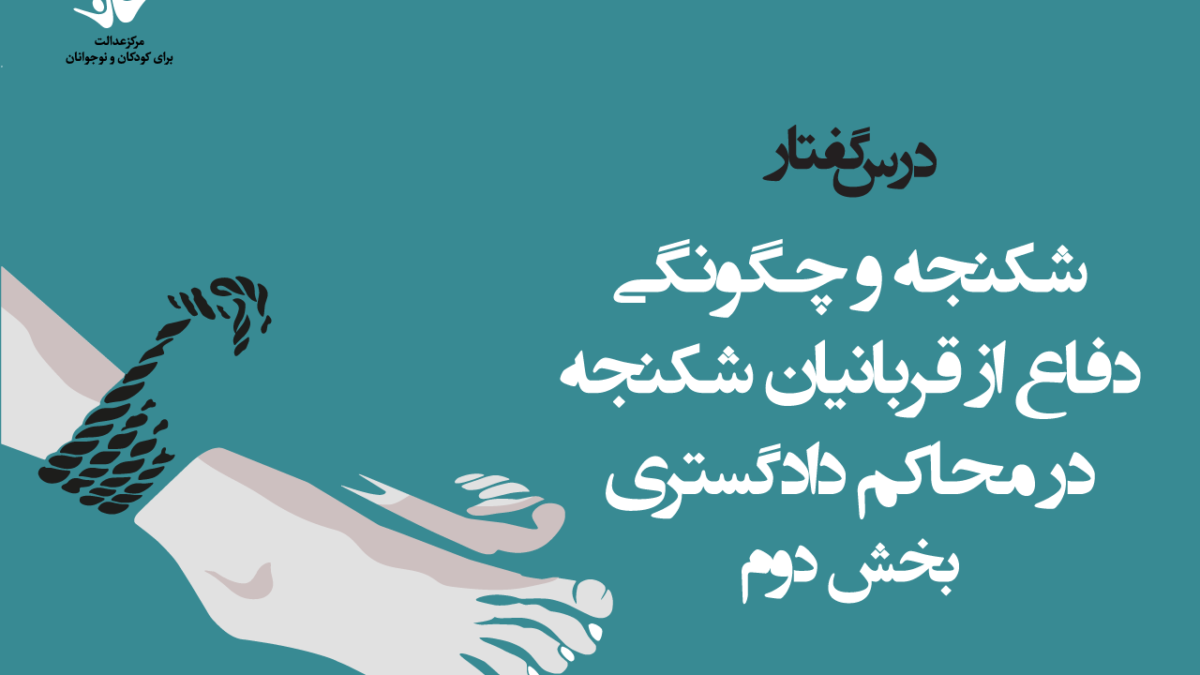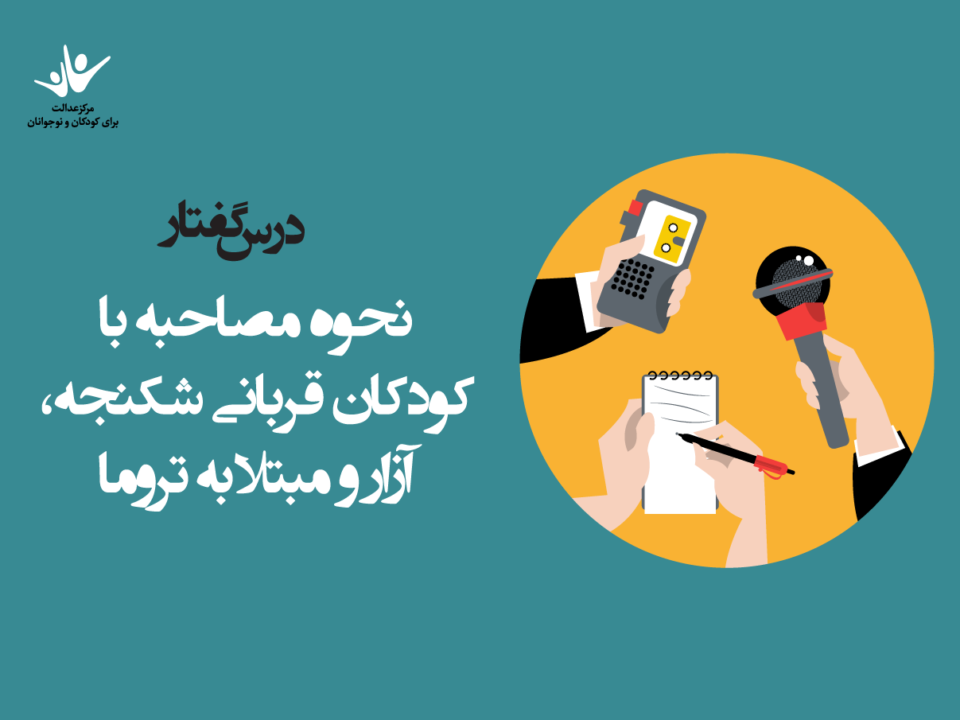
Torture and Defense of Torture Victims in Judicial Courts – Part 1
May 3, 2023
Torture and Defense of Torture Victims in Judicial Courts – Part 3
May 3, 2023In the first part of this lecture, Mr. Reisi answered the question of how to prove torture in the courts, how to effectively defend the victims, and how to seek assistance from experts in defending torture victims.
In the second part of this lecture, we continue the discussion with an examination of the “process of defending torture victims.” As an attorney, after encountering torture and being certain about its occurrence, you need to follow these 12 steps to complete the legal process of defending torture victims:
Identify your client’s objectives.
Identify legal issues, such as the legality or lawfulness of the detention, the right to access a lawyer, etc.
Explore possible solutions by brainstorming.
Identify areas that require further investigation.
Fill in the details and establish a timeline of events.
Identify legal theories relevant to the case.
Determine the elements of proof for your client’s claim or defense.
Identify key individuals and institutions.
Develop a sound legal theory.
Identify the court’s location and the judge.
Identify and develop evidence.
Prepare the necessary components for presenting and introducing evidence.
Furthermore, Mr. Reisi explains what evidence is admissible in court, how to address any ambiguities in the evidence, how to prepare evidence for a court session, and, finally, answers the question of how lawyers can assist the truth-finding committee in taking effective action to stop torture.
Please stay with us until the end of this lecture, and for further details, refer to the website of the Center for Justice for Children and read the “Practical Guide to Defending Torture Victims.”
در بخش اول این درسگفتار آقای رئیسی به این پرسش پاسخ داد که چگونه می توان شکنجه را در محاکم دادگستری اثبات کرد، از قربانیان دفاع موثر به عمل آورد و چگونه می توان از کارشناسان و متخصصان در دفاع از قربانیان شکنجه کمک گرفت.
در بخش دوم این درسگفتار ما بحث را ادامه می دهیم با بررسی «فرایند دفاع از قربانیان شکنجه». به عنوان وکیل پس از مواجهه با شکنجه و یقین نسبت به وقوع شکنجه، ۱۲ گام زیر را باید برای تکمیل فرایند حقوقی دفاع از قربانیان شکنجه بردارید:
۱- اهداف موکل خود را شناسایی کنید
۲- مسایل حقوقی شامل خودسرانه یا قانونی بودن بازداشت، حق دسترسی به وکیل و … را شناسایی کنید
۳- با راه اندازی طوفان فکری، راه حل های ممکن را بررسی کنید
۴- مواردی که نیاز به تحقیق دارد را شناسایی کنید
۵- جزئیات را تکمیل و زمانبندی رویدادها را مشخص کنید
۶- تئوری های حقوقی پرونده را شناسایی کنید
۷- عناصر اثبات ادعا و یا دفاع از موکل تان را مشخص کنید
۸- شخصیت ها و نهادهای کلیدی را ترسیم کنید
۹- یک نظریه حقوقی خوب تدوین کنید
۱۰- محل برگزاری دادگاه و قاضی را شناسایی کنید
۱۱- شواهد را شناسایی و آن را توسعه دهید
۱۲- حداقل اجزای مورد نیاز برای طرح و ارائه شواهد را آماده کنید
در ادامه بحث آقای رئیسی توضیح می دهد که چه شواهدی برای دادگاه قابل پذیرش است، شاهد چه ابهام هایی را باید برطرف کند و چگونه باید شاهد را برای جلسه دادگاه آماده کرد، و در نهایت به این پرسش پاسخ می دهد که وکلا چگونه می توانند به کمیته حقیقت یاب کمک کنند تا بتوانند بر توقف شکنجه اقدامی موثر انجام دهند.
لطفا تا پایان این درس گفتار با ما باشید و برای آشنایی با جزئیات بیشتر به وب سایت مرکز عدالت برای کودکان مراجعه و «راهنمای عملی دفاع از قربانیان شکنجه»،را مطالعه کنید




